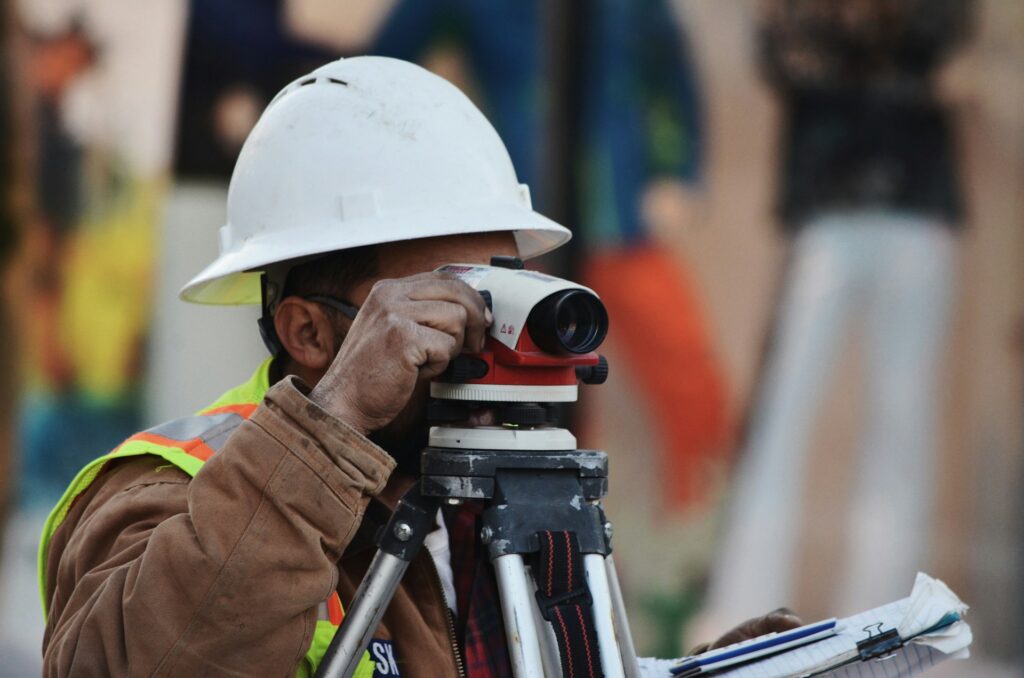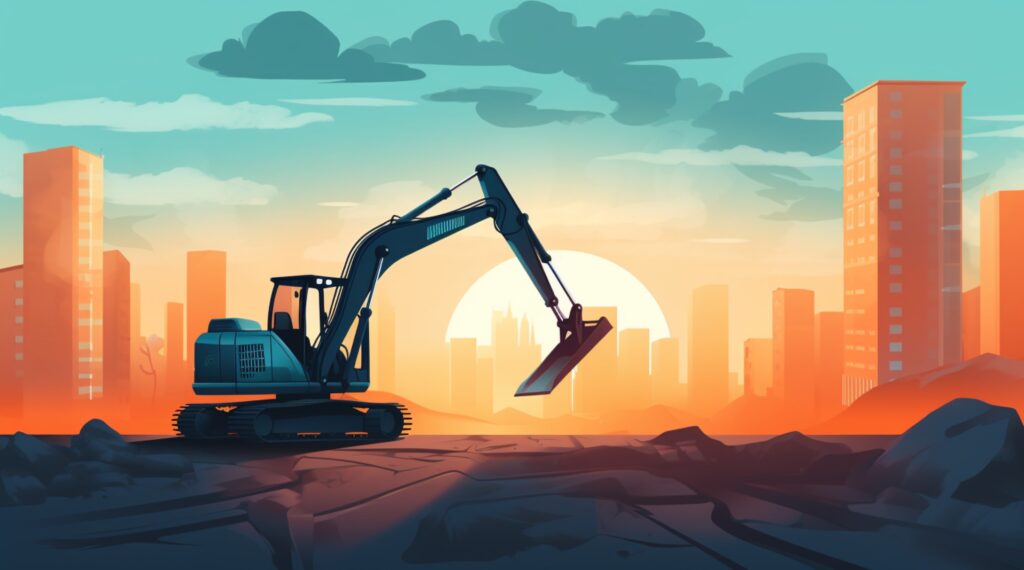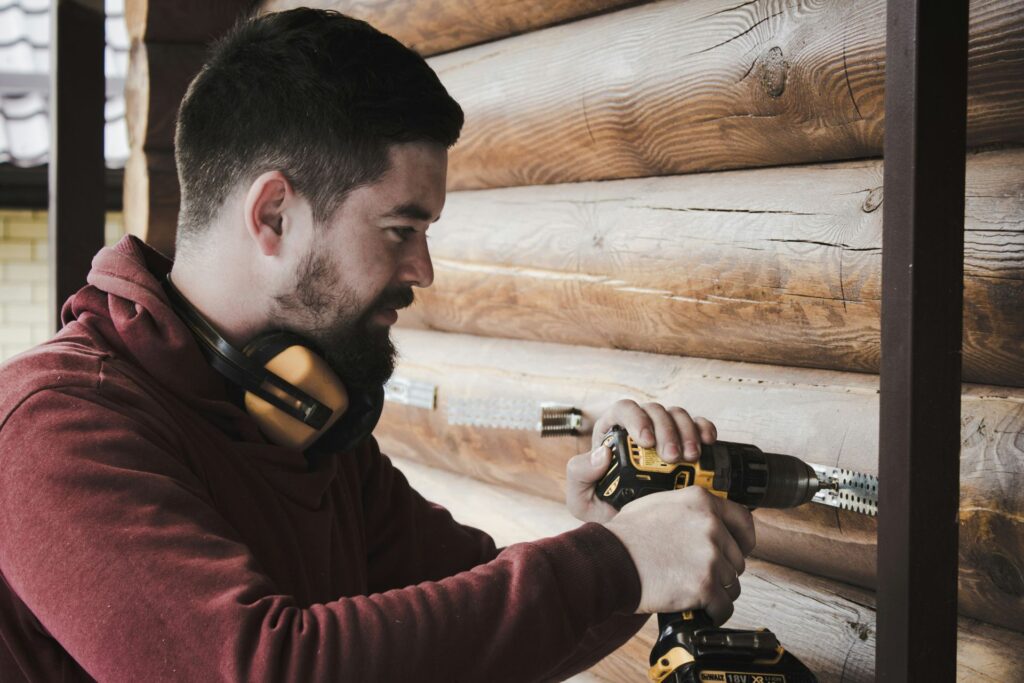
We are reader-supported. When you buy through links on our site, we may earn an affiliate commission.
The construction industry hasn’t traditionally been quick to adopt new technology. With the rise of advanced computer technology — like artificial intelligence (AI) and the Internet of Things (IoT) — this is starting to change.
As Industry 4.0 transforms manufacturing, artificial intelligence-powered technology is beginning to make big waves in the construction industry. This tech is being used for various purposes and may soon have major impacts on every step of construction, from the first design drafts to the final touches on a completed building.
Here is how new AI construction technology will change the foundation of the industry.
AI Project Planning and Scheduling
New AI tools allow project managers to find the most efficient way to plan and schedule building construction.
AI-based project schedule optimizers can draw on vast stores of historical project data to create new schedules. These tools can consider hundreds of thousands or millions of different potential schedules and methods of project delivery and identify those most likely to succeed.
Construction companies can also use other tools from outside the industry to improve project management. For example, transportation route algorithms can calculate the most efficient routes for equipment and vehicles on or between sites. These optimized routes could be especially valuable for projects where equipment needs to travel long distances regularly — like construction on pipelines or agricultural sites.
Generative Building Design
With AI-powered architectural tools, you can bring AI into the building design process itself.
With generative design, an architect provides an AI-powered design algorithm with specific information — like project parameters and example floor plans — that the algorithm will use to generate architectural elements. These elements can be anything from a novel approach to constructing ventilation to entirely new building floor plans.
These tools aren’t widely used yet, but designers are already experimenting with the approach. A good example of generative design in action is the Evolving Floorplans algorithm, which transforms standard floor plans into ones optimized for minimum walking time. The results are highly unique floor plans with an almost organic or biological look to their design.
This is an extreme example. Many other generative design projects have been more grounded. Designer David Benjamin used an AI algorithm when redesigning the Autodesk offices in Toronto. There, the algorithm optimized for qualities that would make the office more pleasant to work in — like natural light, good air circulation, and minimal acoustic distractions.
AI for On-Site Safety
AI technology can also help keep workers safe. For example, image-recognition algorithms can continuously analyze a worksite, studying workers to see if they’re following on-site safety protocols — like wearing the correct personal protective equipment or safely operating equipment.
New AI-powered tech can also improve vehicle and equipment safety.
To keep their construction equipment in good shape, most construction companies use preventive maintenance. With this maintenance strategy, a technician performs regular checks, looking for common issues and performing fixes as necessary. It’s an effective method, but it’s not without its flaws. The cost of these checks will add up over time. Also, whenever a technician opens up a machine to perform maintenance, there’s some risk of damage.
Predictive maintenance is another approach that uses AI to build on the preventive strategy. With a predictive plan, construction companies use miniaturized industrial sensors to track equipment performance — looking out for unusual vibrations, operating temperatures, or movements. The system draws on normal operating data to alert machine operators when it detects conditions that may signal imminent failure.
This approach can cut down on the number of maintenance checks needed to keep the equipment in working condition. It can also help companies catch potential issues that may have been missed by a technician. Discovering signs of machine failure early on helps construction companies save on repairs and prevent costly downtime.
How Construction Companies Can Effectively Adopt AI Tech
For construction companies wanting to use AI, a few best practices will help them integrate the technology into their workflows.
Start with a plan for AI adoption that includes a specific goal and metric that needs to be improved — like maintenance costs, worker travel time, or the average number of safety incidents. Then look for a vendor that sells an AI-powered solution aligned with this goal. In most cases, they’ll be able to provide all the tech you need or put you in contact with suppliers who can help.
Owners and supervisors should also prepare for a phase-in process. Any AI algorithm relies on data, and while historical data stores are often valuable, you may need some more recent information for useful analysis. For example, a predictive maintenance algorithm may need to establish baselines for equipment performance before it can discern whether failure is coming.
AI May Transform the Construction Industry
While these AI construction tools aren’t in widespread use yet, construction companies are already beginning to invest heavily in tech. Right now, construction AI is a fast-growing market, with some market reports estimating the construction industry will be spending as much as $4 billion on AI tech by 2026. New, cutting-edge AI tools will further transform the industry over the coming years.










